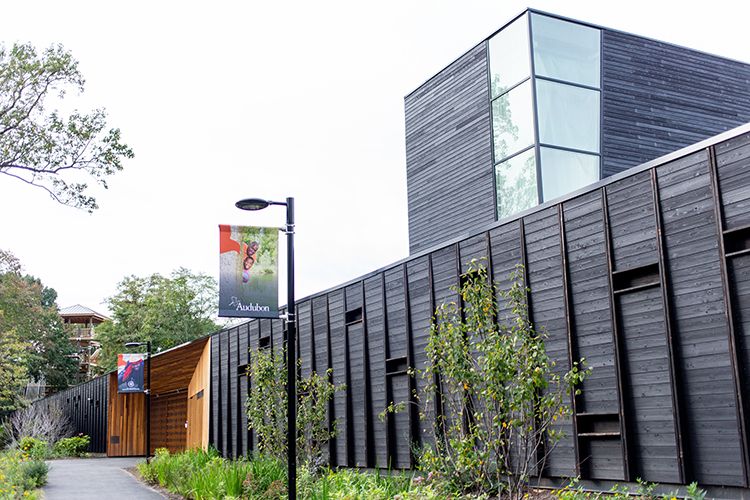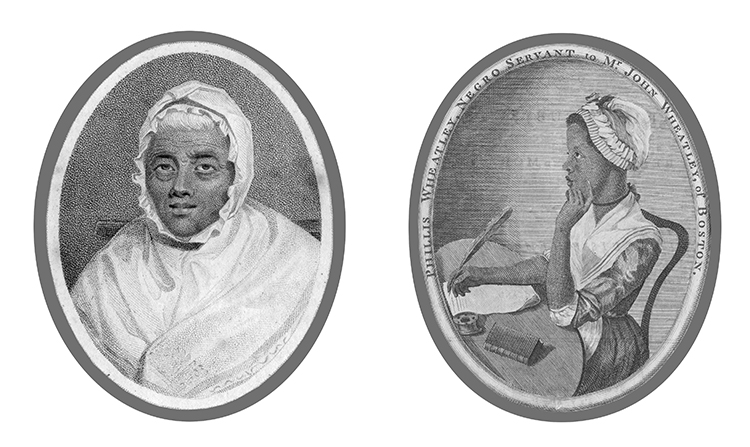In 1970, the City of Philadelphia closed off the East Park Reservoir at the edge of the Strawberry Mansion neighborhood. A gate blocked the ramp up from Fairmount Park. “I grew up in Strawberry Mansion, and the reservoir was used by the community as a recreational space,” explains Tonnetta Graham, president of the Strawberry Mansion Community Development Corporation. “There was a road around the perimeter, a simple dirt road that was open to the public. People would run around or walk around. There was an incline around the reservoir and kids would walk around there and explore.” Due to drownings and other safety concerns, the city closed off the reservoir, and “several generations of Strawberry Mansion residents grew up with just that fence,” says Graham. Now, 48 years later, the gate has been opened again and the community welcomed back in. Thank the birds.
Birds can fly over fences, of course. From the perspective of waterfowl flying south in the winter, the reservoir stands out, according to Keith Russell, program manager for Urban Conservation for Audubon PA. “Even though a lot of different types of waterfowl have been recorded there, the most common species you find are birds that dive, because it’s so deep,” (currently eight feet, though up to 25 in the past). The list is long, but it includes ducks such as merganser, scaup, and canvasback, not to mention other non-ducks like grebes. Russell pointed out another benefit for waterfowl: the reservoir doesn’t receive polluted stormwater runoff, unlike our rivers, so the water quality remains high even after a major rain.
In the mid-1980s, Russell, then at the Academy of Natural Sciences, and volunteers followed up on waterfowl observations from before the reservoir had been closed off. “There were a lot of birds, and we were like, ‘Whoa that is amazing!’ ” In 2005, Audubon included the reservoir in the Fairmount Park and Benjamin Rush Park State Park Important Bird Area designation.
Around the same time, Audubon was searching for sites for urban conservation centers to reach populations historically underserved by environmental education programs. The East Park Reservoir fit the bill, according to former president of Audubon PA, Phil Wallis, in a 2014 interview. The neighborhood is a densely built landscape of rowhomes. The majority of the residents in the zip code next to the reservoir are African American, and nearly half live below the poverty line—all in all not the sort of community that usually hosts nature centers.
City officials made the connection with the Philadelphia Outward Bound School, also then looking for a new home in Philadelphia. Several years of negotiation, fundraising and planning followed. Wallis noted that the site was challenging to work with, given the history of drownings, terrorism-related water-safety concerns, and the involvement of multiple city agencies. “It took two years to get the lease done,” he said in the interview.
“As a CDC (community development corporation), we were there from the beginning,” says Graham. “The groups had minimal connection to the neighborhood. How could they align with needs of the residents?” She recalls several outreach meetings over the years of planning, “some heated but productive. We want to make sure the Discovery Center is connected to the residents so that they feel welcome. This is for residents that are here now,” in a community concerned about gentrification. “We want to make sure it’s a place they can call their own.”

On September 28, Audubon PA and Outward Bound cut the ribbon on the $18.5 million dollar Discovery Center. In addition to a ropes course and space for Outward Bound activities, the center includes environmental educational exhibits and a lab for research into urban ecology.
Graham highlights the importance of community space in the Center: “The center has a multipurpose room to hold community engagement meetings. It also provides us with another place we can decompress,” she says, noting the opportunity to address the neighborhood’s health challenges.
The reservoir grounds will be open to the public five days a week, May through October, and three days a week November through April. “We as a community are rediscovering this place,” Graham says. “It gives us that opportunity to take that deep breath and respite from our daily lives [and] do some nature exploration as well. I have a 13-year-old now, and my son will be the generation to take advantage for decades to come.”









Kudos to all involved! It’s great when green space is given back to the people. I also like how the Discovery Center plans to cater to "the residents that are here now," as well as outside visitors.
I am a Project Based Learning English teacher at Cheltenham High School currently teaching a unit on sustainability. Your website is a great resource highlighting real-life activism and hands-on community spirit. Similarly, our program believes that authentic experiences foster meaningful education.
Keep up the good work!
ps- We’re always looking to collaborate on projects!
Sincerely,
Brian Francis Smith
Project Based Learning English teacher
Cheltenham High School
bsmith@cheltenham.org